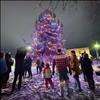Firefighters develop village in Arlee

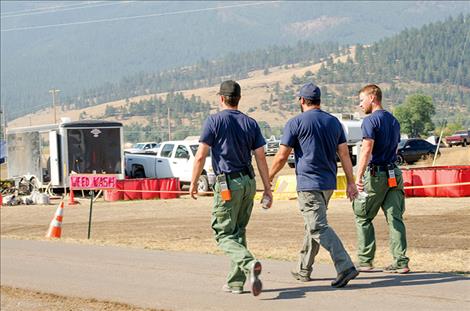
Karen Peterson
Firefighters walk through camp on a smoky morning.
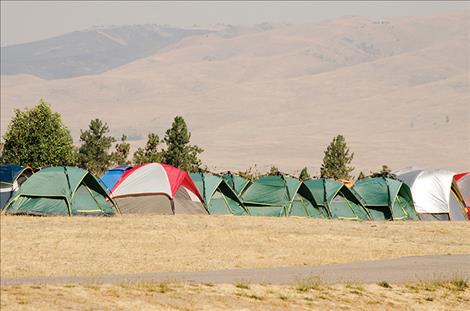
Karen Peterson
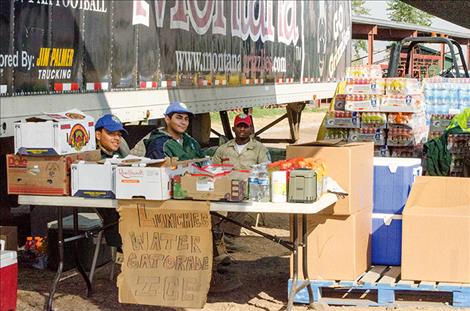
Karen Peterson
A crew from California provides supplies for the firefighters.
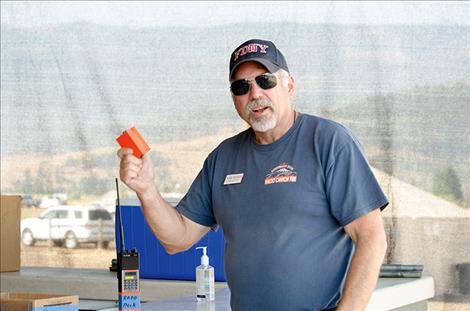
Karen Peterson
Information Officer Norm Rooker puts batteries into one of the radios firefighters use.
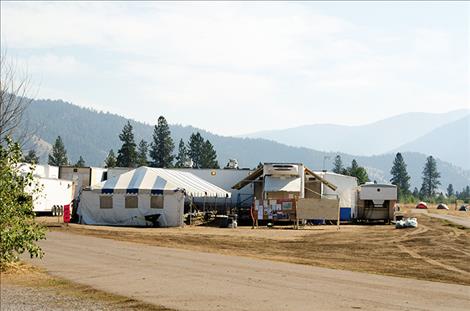
Karen Peterson
Several stations are set up at the camp to provide services for the crew.
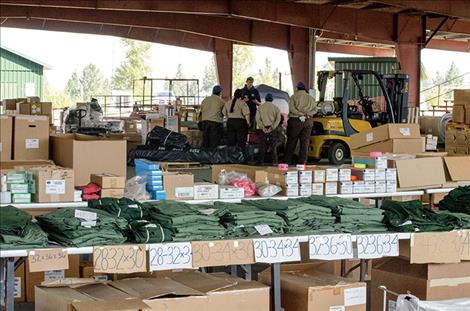
Karen Peterson
The powwow grounds provide space for supplies and equipment.
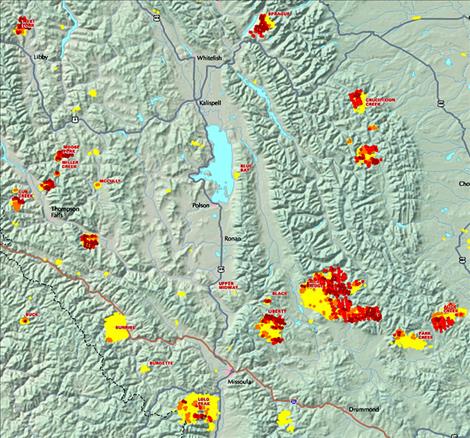
Karen Peterson
The map above shows the fires surrounding the Mission Valley that are causing the smoke filled air being experienced by Valley residents.
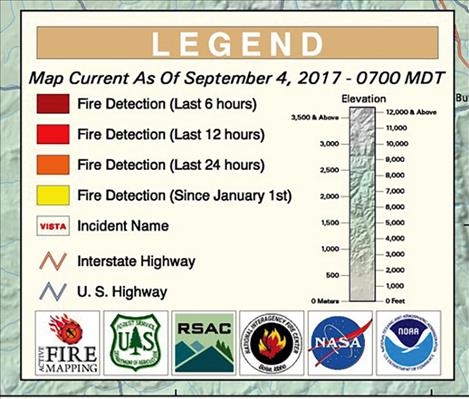
Karen Peterson
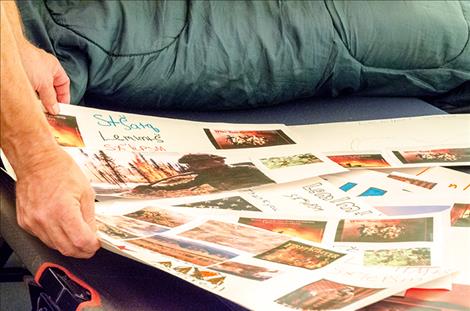
Karen Peterson
Students from Arlee Junior High School sent thank you posters to firefighters.
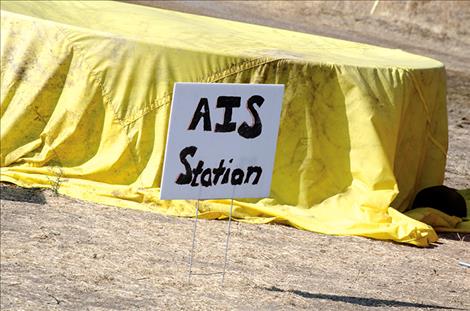
Karen Peterson
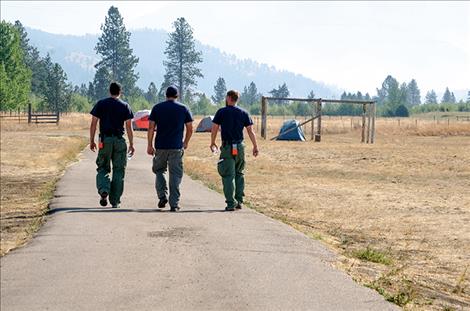
Karen Peterson
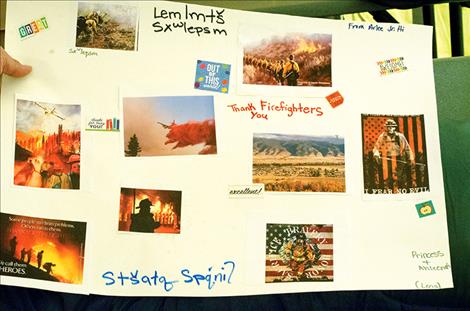
Karen Peterson
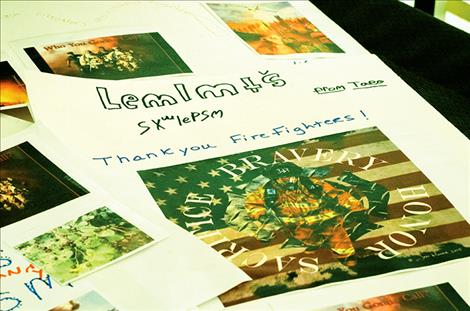
Karen Peterson
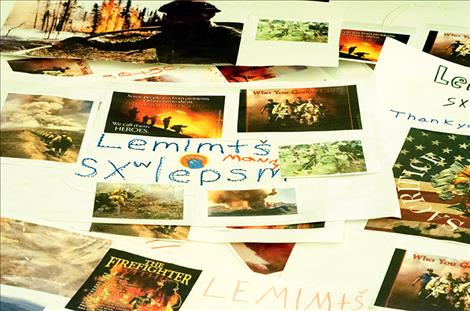
Karen Peterson
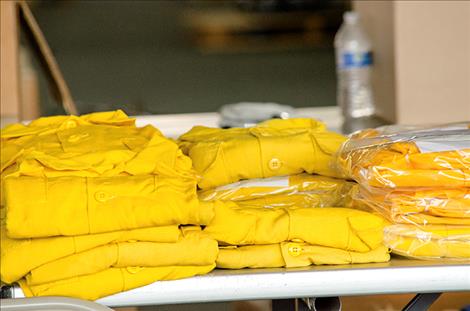
Karen Peterson
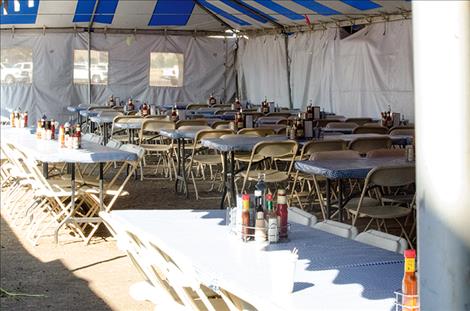
Karen Peterson
Issue Date: 9/6/2017
Last Updated: 9/5/2017 6:29:52 PM |
By
Karen Greene
Keep Reading!
You’ve reached the limit of 3 free articles - but don’t let that stop you.

